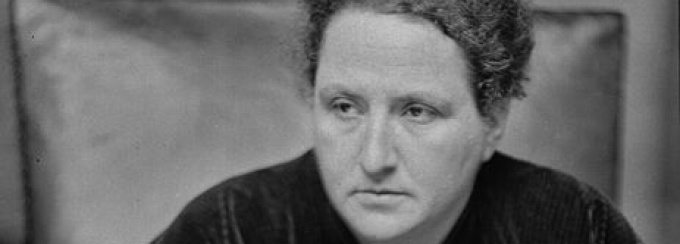20th- and 21st-Century American Literature

It was called the American Century, and in Buffalo, New York, it began with the Pan American Exposition of 1901. Powered by Nikola Tesla's alternating current generators beneath Niagara Falls, Buffalo was the "City of Light," a demonstration project of American industrialization and technological prowess. William McKinley's assassination at the hands of an anarchist at the close of the exposition showed that American hegemony would not be unresisted; and Theodore Roosevelt's inauguration on Delaware Avenue would presage the extension of American military and economic power abroad.
But for the steel forges and grain elevators, Pierce Arrow and Ford automotive assembly plants, Buffalo was also home to the neoclassical Albright Art Gallery (1905), later the Albright-Knox Art Gallery, whose collection of Abstract Expressionists and Pop artists of the 1950s and 60s is unrivaled; Louis Sullivan’s Guaranty Building (1895; the first steel-frame high-rise) and Frank Lloyd Wright’s signature prairie-style Darwin Martin House (1903-05), a "domestic symphony" with its Tree of Life windows. That is the history of Buffalo’s twentieth century, an unparalleled relationship of industry and art; Milton Rogovin’s photographs of steelworkers and barroom poetry readings.
The teaching and writing of American literature in the twentieth century at Buffalo respect that heritage. It's found in Charles Abbott and Mary Barnard’s solicitation of "the contents of poets' wastebaskets" for a new poetry archive; the Black Mountain II campus of Charles Olson, Robert Creeley, and Joel Oppenheimer; the Surfiction movement of Raymond Federman; the fabulist postmodernism of John Barth; the political reflection of J. M. Coetzee; the studies in poetics of Charles Altieri and Joseph Riddel; Leslie Fiedler’s inauguration of postmodernism in "Cross the Border—Close the Gap" (1969); the Language poetry of Charles Bernstein and Susan Howe. In all there is the continuing intersection of critical thought and literary performance.
Olson remarked that "the present is prologue": the study of literature, and its production, in the twenty-first century by current Buffalo faculty follows from that premise.